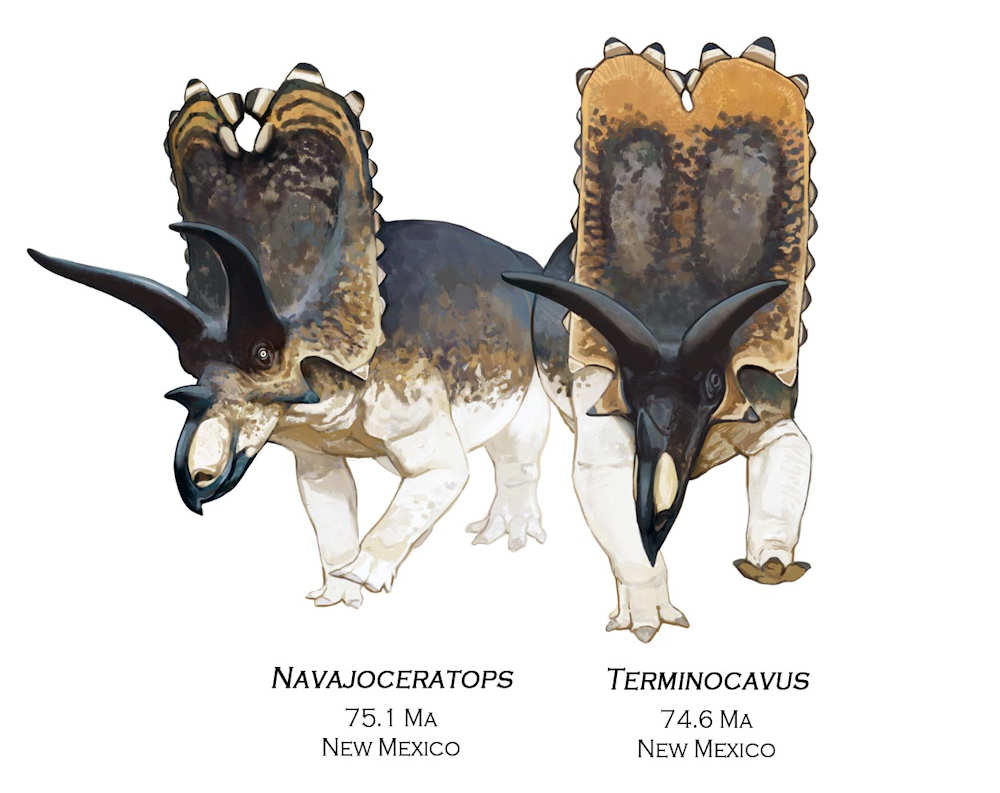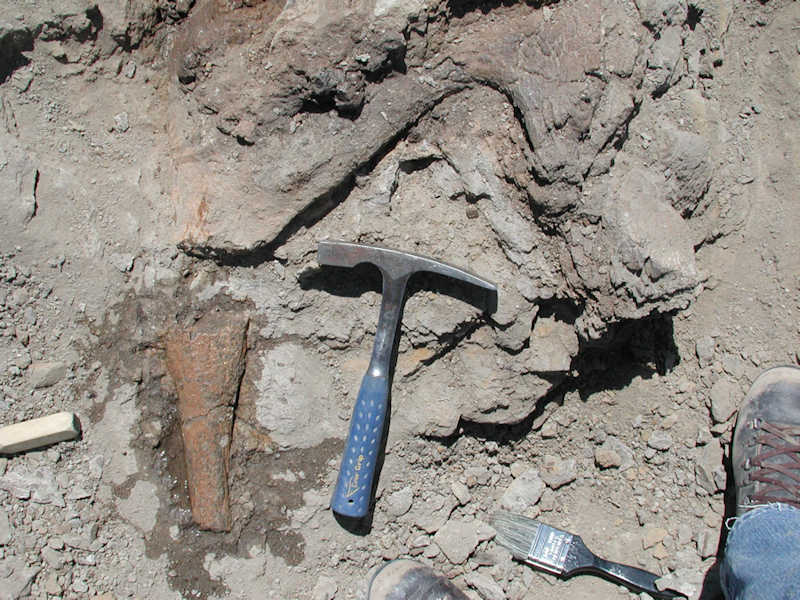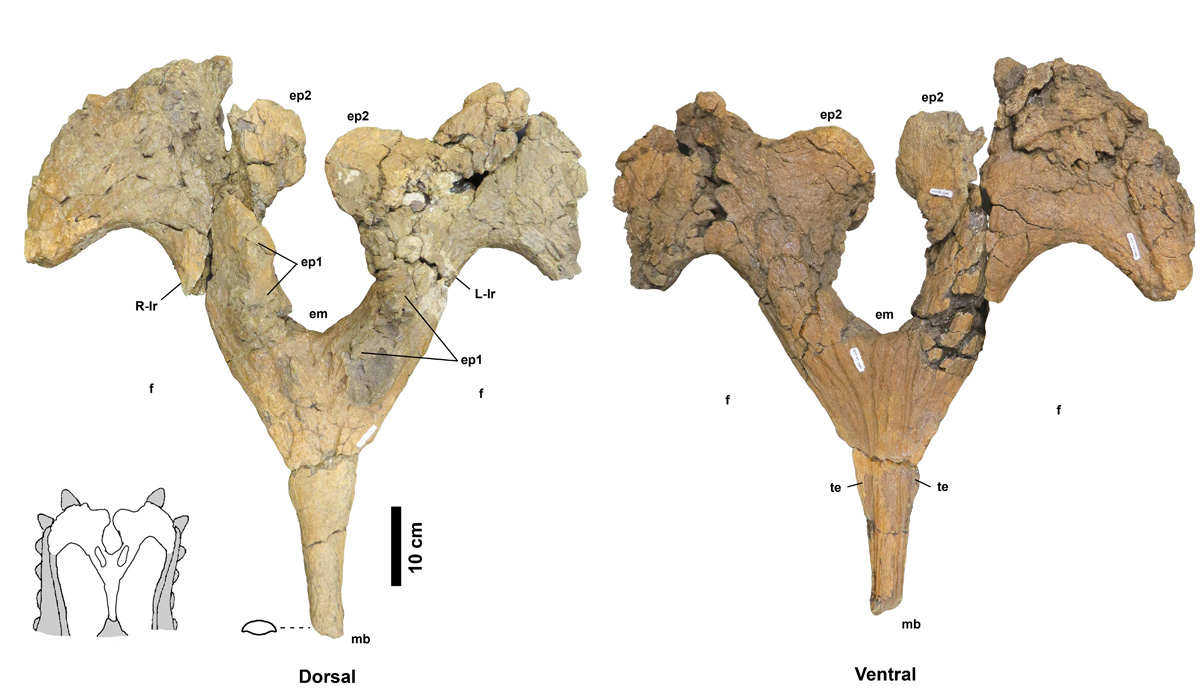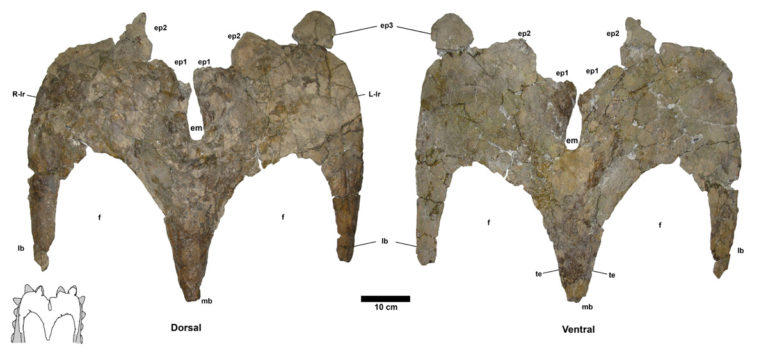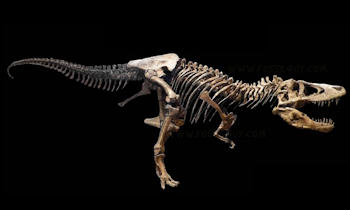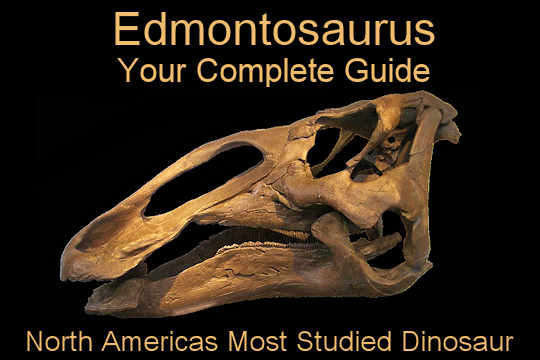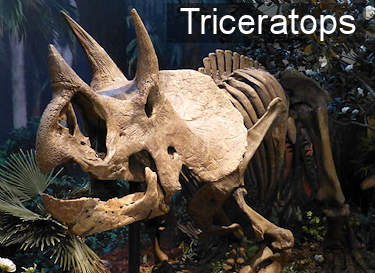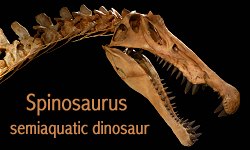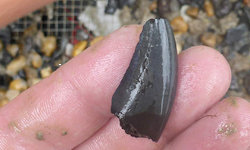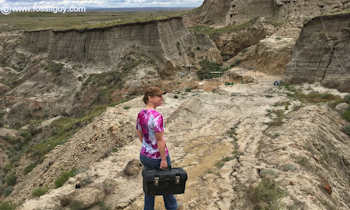Paleontology News
Gaps in Long Frilled Ceratopsid Dinosaur Evolution Filled in by Two New Transitional Species
Two new dinosaur skulls from New Mexico fill in the evolutionary gap between two lineages of long frilled ceratopsid dinosaurs. This research also pinpoints the evolutionary splitting event between the two lineages.
Navajoceratops sullivani and Terminocavus sealeyi are two new Long Frilled Ceratopsid Dinosaurs from New Mexico.
These new dinosaurs fill the evolutionary gap between Utahceratops, Pentaceratops, and Anchiceratops.
Long Frilled Ceratopsids underwent an evolutionary split around 85-83 million years ago when Northern and Southern populations were separated due to sea level rise.
Two new dinosaur skulls fill an evolutionary gap in Ceratopsid evolution
This article is based on a Press Release from the Dickinson Museum Center - June 5, 2020
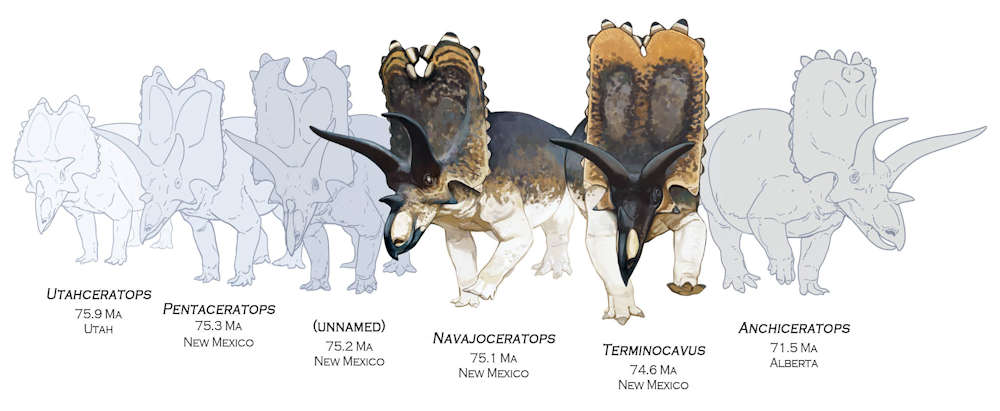
The new dinosaurs form critical intermediate species linking Utahceratops, Pentaceratops, and Anchiceratops. Copyright: Ville Sinkkonen & Denver Fowler
There was a wide diversity of Ceratopsids, which had distinctive frills and horns, in the Late Cretaceous of North America. One group was the Long Frilled Ceratopsid dinosaurs. Some types of Long Frilled Ceratopsids, like Pentaceratops in New Mexico, had a deep notch in its frills, while others, like Anchiceratops, had a no notch. It had been unclear why they had these different frill shapes and how closely related they were.
By studying Long Frilled Ceratopsid skulls from the Kirtland Formation in New Mexico, paleontologists Denver Fowler and Elizabeth Freedman Fowler found two new transitional forms between these groups of dinosaurs, showing they are closely related.
The two new transitional forms are named Navajoceratops Sullivan, the "Navajo horned face," and Terminocavus sealeyi, the "Closing cavity."
These new specimens are intermediate in age between the Pentaceratops and Anchicertops. Pentaceratops has a distinctively deep notch while Anchiceratops, which lived 3.8 million years later in Canada, has no notch. What these new specimens show is the notch became deeper and deeper until it closed in on itself.
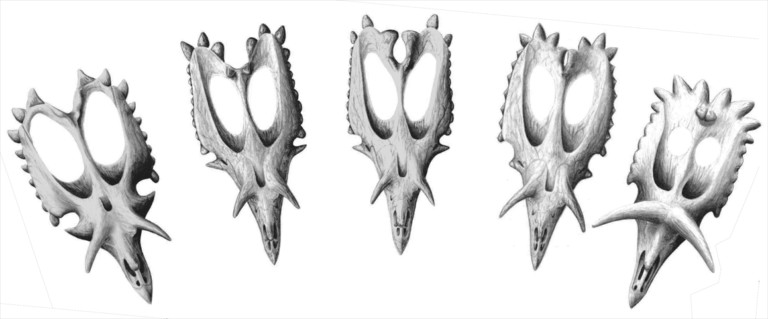
Subtle differences in the frill shape distinguish between different species. Copyright: Robert Boessenecker
They also pinpointed an event, early on between 85-83 million years ago, that caused them to evolve differently. At that time, unusually high sea levels cut off the northern and southern dinosaur populations for a few million years.
The Paleontologists said "For hundreds of miles across what is now central Utah to southern Alberta, the coastal plain would have been as little as 5-10 km wide, providing very little habitat for dinosaurs. This would have effectively cut off northern and southern populations, which then probably evolved in isolation into two distinct lineages."
A few million years later, the sea levels dropped and the two populations were able to intermix again.
This news article and images are based on a Press Release from the Dickinson Museum Center.
The Full Journal Article is Available Here (Free):
Fowler DW, Freedman Fowler EA. 2020. Transitional evolutionary forms in chasmosaurine ceratopsid dinosaurs: evidence from the Campanian of New Mexico. PeerJ 8:e9251 https://doi.org/10.7717/peerj.9251.
Recommended Dinosaur Books and Educational Items:
Additional Images:
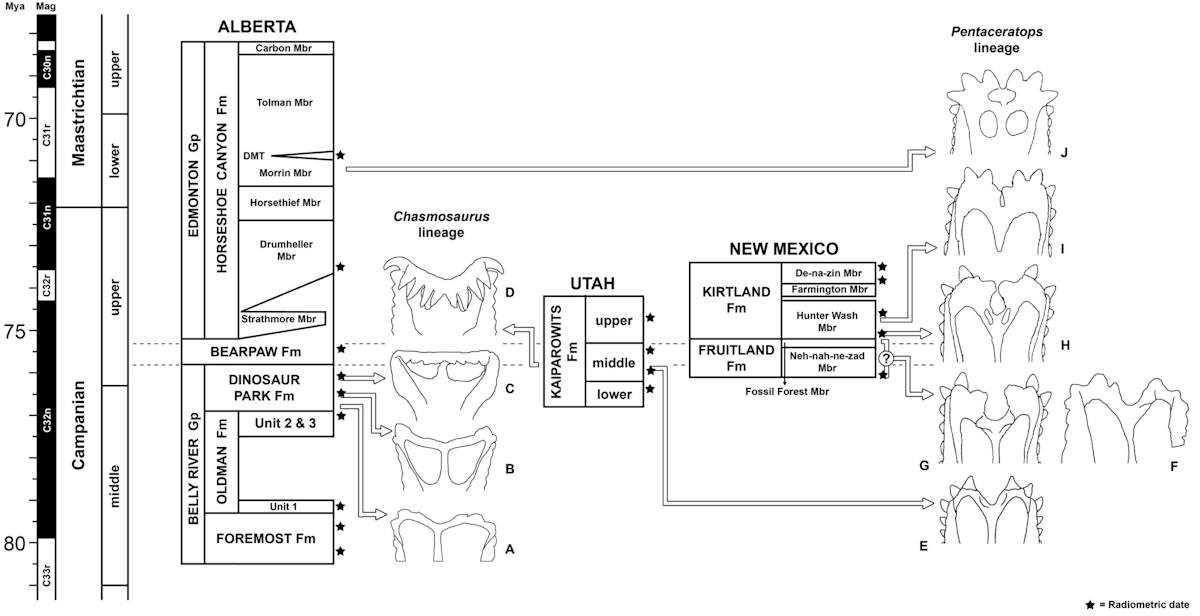
Figure 10 from the research: The new species suggest chasmosaurine ceratopsids split into divergent evolutionary lineages approximately 83 million years ago.

Arjan Boere and Denver Fowler stand over part of the frill of Navajoceratops. 2002 Photo by R Sullivan.
Browse More Paleontology News
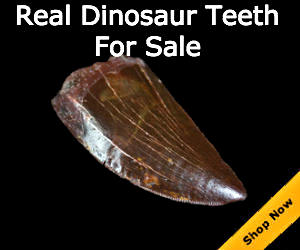
High quality Dinosaur teeth by Fossilera

